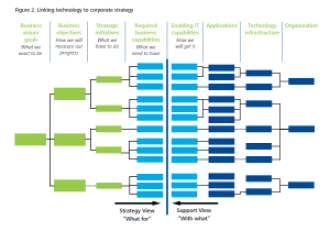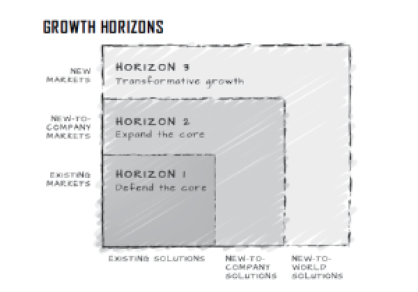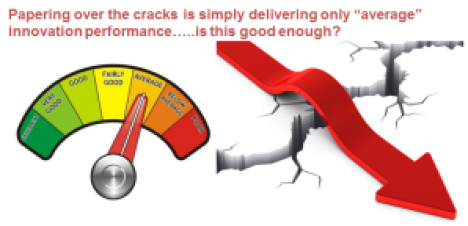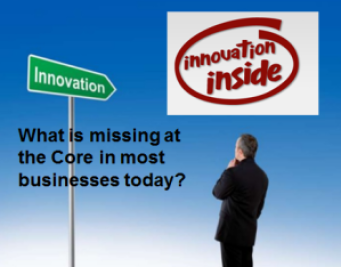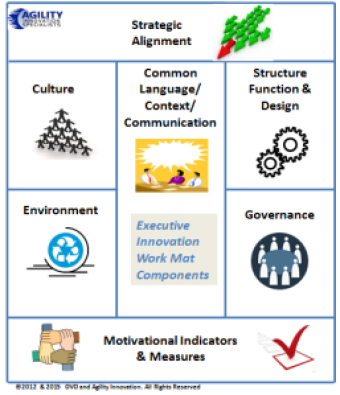
So do Art and Science combine for innovation?
First of all, what we do does come from us as humans, in our actions and needs,these are also the starting point for innovation, pushing for something new; it is linked to experiences and questioning, seeking out and wanting to explore “all things possible”.
The powerful combination of designing and providing something that pushes our existing knowledge, our boundaries, understanding or expectations and capturing it in thought, in explanation or detailing out the discovery makes up the art and science of innovation.
We just need to find even-better and consistent ways to combine them continuously.
Science chases progress, Art really does not. Art just looks to make a change, sometimes evolving, sometimes in powerful new ways and it does this from the evolving multiple perspectives and studies of much that is existing, both physical and within the mind to express this to others.
Sometimes, Science is often constrained by a far too linear approach and this needs somehow change where we need to think in less rigid, structured ways today.
Continue reading “Art and Science Combines for Innovation”
